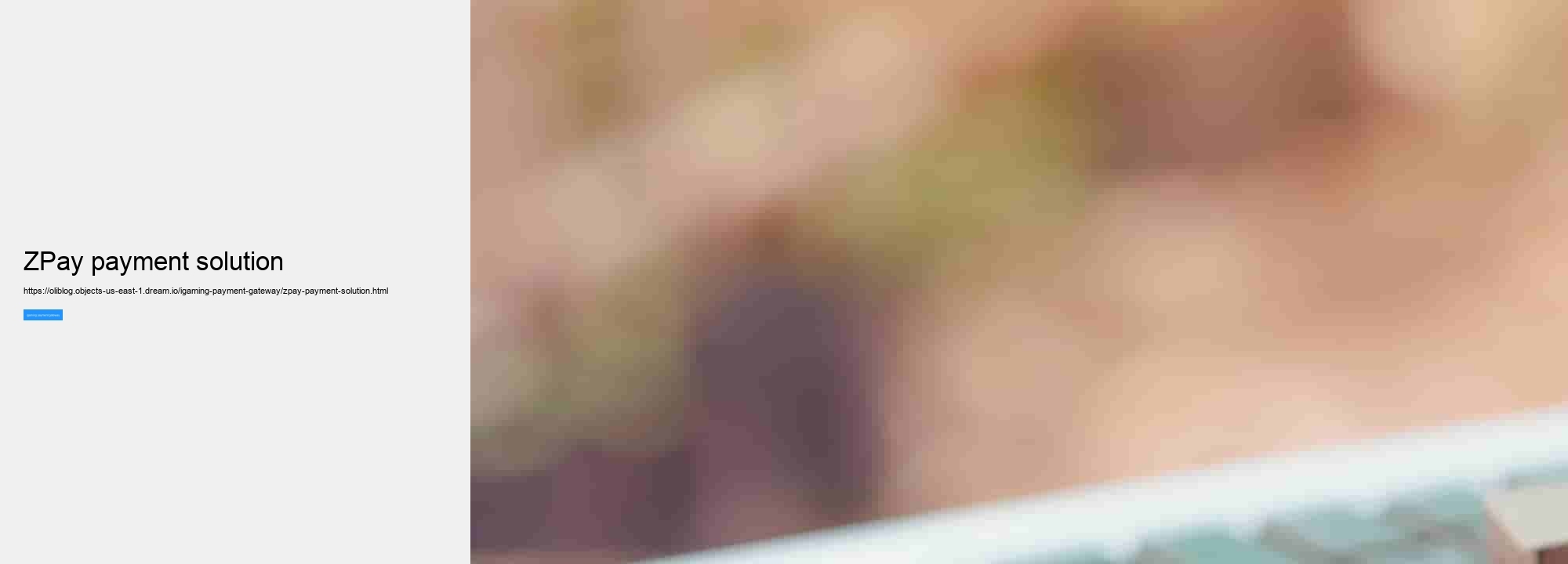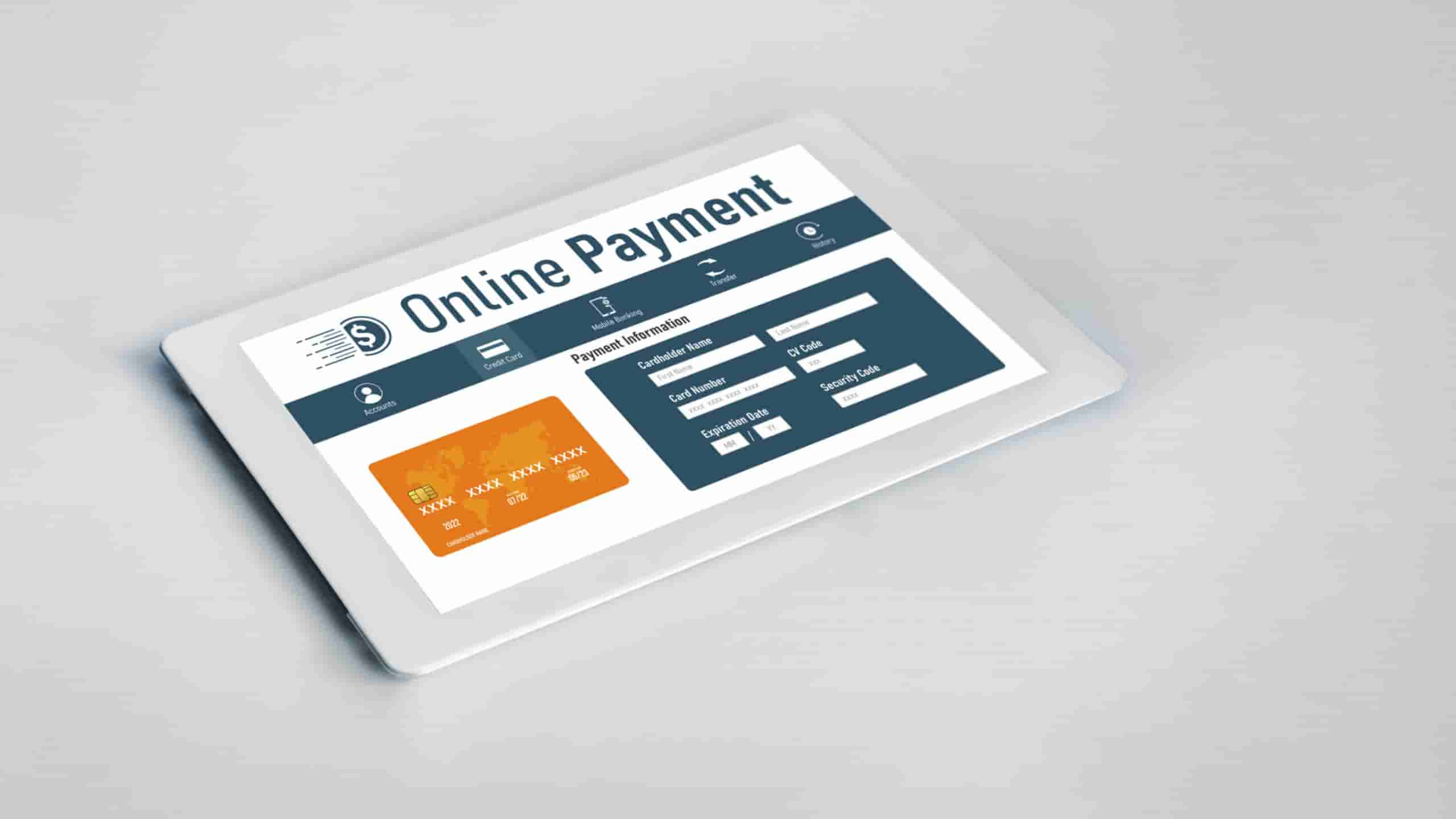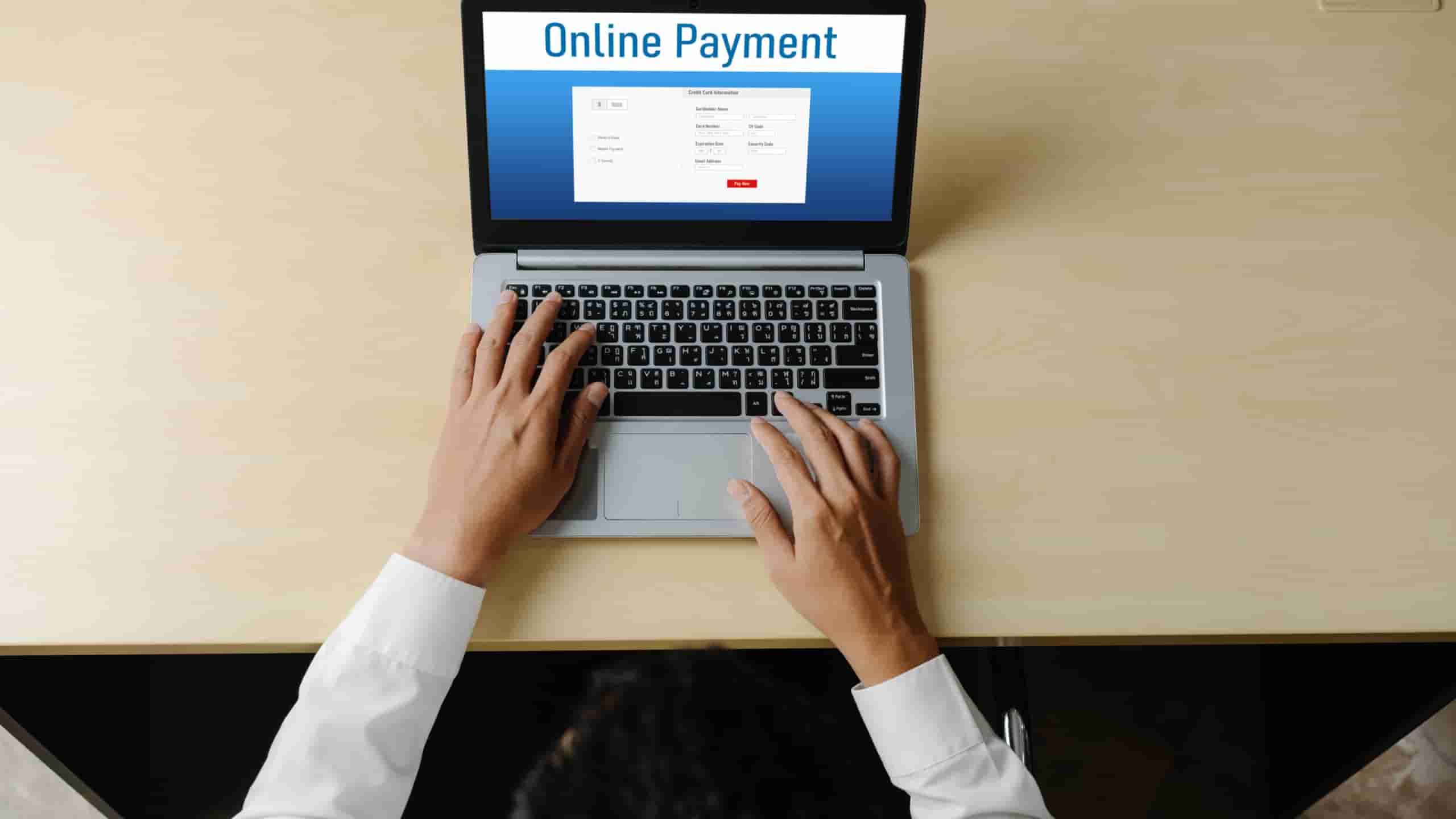

One of the main costs that businesses must consider when implementing a new payment solution is the initial setup cost. This includes purchasing any necessary software or hardware, as well as any fees for installation and configuration. Depending on the complexity of the payment solution being implemented, these costs can vary significantly. In addition to the initial setup cost, there are ongoing costs that businesses must budget for when implementing a new payment solution.
Another cost to consider is any potential loss in revenue during the transition period. If customers experience difficulties making payments or if there are delays in processing transactions during the implementation phase, this could result in lost sales and revenue for the business. Furthermore, businesses must also consider any potential security risks associated with implementing a new payment solution.
Overall, while there are certainly costs associated with implementing a new payment solution, it is important to weigh these against the potential benefits such as increased efficiency, improved customer satisfaction, and enhanced security measures. By carefully planning and budgeting for these costs upfront, businesses can ensure a successful transition to a new payment system that meets their needs and those of their customers. What is the difference between traditional and digital payment solutions?
Traditional payment solutions and digital payment solutions both serve the same purpose of facilitating transactions between buyers and sellers, but they differ in terms of their method of processing payments. Traditional payment solutions refer to methods such as cash, checks, and bank transfers that have been in use for many years. On the other hand, digital payment solutions are relatively newer forms of payment that involve using electronic devices or online platforms to transfer money. One key difference between traditional and digital payment solutions is the level of convenience they offer. Traditional payment methods often require physical presence at a location, such as a bank branch or an ATM, to make a transaction. This can be time-consuming and inconvenient, especially for people who lead busy lives or live in remote areas.
This means that customers can pay for goods and services with just a few clicks on their smartphones or computers. Another important difference between traditional and digital payment solutions is the level of security they provide. Traditional payment methods like cash are susceptible to theft and fraud, as physical currency can be easily lost or stolen. Similarly, checks can be forged or altered by fraudsters. Digital payment solutions, on the other hand, typically offer more advanced security features such as encryption technology and two-factor authentication to protect users' financial information from cybercriminals.
For example, many credit card companies offer cashback rewards or travel perks for using their cards for purchases. These incentives can help consumers save money and earn valuable rewards while making everyday transactions. In conclusion, while traditional payment solutions have been around for centuries and continue to be widely used today, digital payment solutions are becoming increasingly popular due to their convenience, security features, and added benefits. As technology continues to advance, it is likely that more businesses and consumers will transition towards using digital payment solutions for their financial transactions. Ultimately, the choice between traditional and digital payment methods depends on individual preferences and needs; however; it is clear that digital payments offer numerous advantages over their traditional counterparts in today's fast-paced world.
What trends are shaping the future of payment solutions? Technology is rapidly evolving, and this evolution is significantly impacting the way we make payments. From digital wallets to contactless payment options, the future of payment solutions is being shaped by a variety of trends. One major trend that is shaping the future of payment solutions is the rise of mobile payment apps. With the increasing use of smartphones, consumers are looking for convenient ways to pay for goods and services on-the-go.
Another trend that is influencing the future of payment solutions is the move towards contactless payments. In light of the COVID-19 pandemic, many consumers are opting for touch-free payment methods to reduce physical contact with surfaces. Contactless cards and mobile wallets offer a secure and hygienic way to pay without having to handle cash or enter a PIN number. The rise of blockchain technology is also driving innovation in the realm of payment solutions.
Blockchain technology has the potential to revolutionize cross-border payments by eliminating intermediaries and reducing transaction costs. Furthermore, biometric authentication methods such as fingerprint scanning and facial recognition are becoming increasingly popular in enhancing security measures for online payments. These advanced security features help prevent fraud and protect sensitive financial information from cyber threats. Overall, these trends are shaping a future where payment solutions are more seamless, secure, and convenient than ever before.
Whether it's through mobile apps, contactless cards, blockchain technology, or biometric authentication methods, one thing is certain - the future of payments will be driven by cutting-edge technologies that prioritize speed, security, and convenience for consumers worldwide. How to Choose the Best Payment Solution for Your BusinessChoosing the best payment solution for your business is a crucial decision that can impact your overall success. With so many options available in today's market, it can be overwhelming to determine which one is the right fit for your specific needs. However, by considering a few key factors and doing some research, you can make an informed decision that will benefit both you and your customers.

The first step in selecting a payment solution is to assess your business's unique requirements. Consider the size of your business, the volume of transactions you expect to process, and any special features or integrations that may be necessary for your industry. For example, if you run a retail store, you may need a point-of-sale system that can accept credit cards and mobile payments. On the other hand, if you operate an online store, you'll need an e-commerce platform that seamlessly integrates with your website. Next, consider the fees associated with each payment solution.
It's important to compare these fees and weigh them against the benefits each provider offers. Keep in mind that while lower fees are attractive, they may come with limitations or subpar customer service. Look for a provider that offers competitive rates without sacrificing quality or reliability. Security is another crucial factor to consider when choosing a payment solution for your business.
Make sure the payment solution you choose complies with industry standards and offers robust security features such as encryption and tokenization. Lastly, consider the overall user experience provided by each payment solution. Your customers should find it easy and convenient to make purchases from your business without encountering any technical difficulties or delays. Look for a provider that offers intuitive interfaces, reliable customer support, and fast processing times.
By taking the time to research different providers and assess their offerings based on these criteria, you can make an informed decision that will benefit both your business and your customers in the long run. How to Implement a Seamless Payment Solution on Your WebsiteIn today's digital age, having a seamless payment solution on your website is crucial for ensuring a smooth and convenient experience for your customers. Implementing such a solution can help streamline the purchasing process, increase customer satisfaction, and ultimately drive more sales for your business. So how exactly can you go about implementing a seamless payment solution on your website?
The first step is to choose a reliable payment gateway that aligns with your business needs and provides secure transactions. Popular options include PayPal, Stripe, and Square, which offer easy integration and support various payment methods such as credit cards, e-wallets, and bank transfers. Once you have selected a payment gateway, the next step is to integrate it into your website. This typically involves adding code snippets provided by the payment gateway provider to your website's checkout page. If you are not familiar with coding, you may want to enlist the help of a web developer to ensure everything is set up correctly. It is also important to consider the user experience when implementing a payment solution on your website.
Additionally, providing multiple payment options can cater to different customer preferences and increase conversion rates. Security should be a top priority when implementing a payment solution on your website. Ensure that all transactions are encrypted using SSL technology to protect sensitive customer data. Displaying trust badges from reputable security providers can also help build trust with customers and boost credibility. Regularly test your payment system to identify any issues or bugs that may arise.

Conducting test transactions from different devices and browsers can help ensure compatibility across various platforms. It is also advisable to monitor transaction data regularly to detect any fraudulent activity or unusual patterns. In conclusion, implementing a seamless payment solution on your website requires careful planning and attention to detail. By selecting the right payment gateway, integrating it effectively into your site, optimizing the user experience, prioritizing security measures, and conducting regular testing, you can create a hassle-free shopping experience for your customers and drive success for your online business. How to Integrate Mobile Payments into Your Payment SolutionIn today's fast-paced world, convenience is key.
Integrating mobile payments into your existing payment system can help streamline transactions, increase customer satisfaction, and ultimately boost your bottom line. So, how exactly can you integrate mobile payments into your payment solution? The process may seem daunting at first, but with the right tools and guidance, it can be a seamless transition. Here are some steps to consider:1.
Take the time to research and compare providers to find one that best fits your business needs.2. Update your POS system: If you already have a point-of-sale (POS) system in place, make sure it is compatible with your chosen mobile payment provider. This may require software updates or hardware upgrades to ensure smooth integration.3. Train your staff: Introducing a new payment method can be confusing for both employees and customers.
Provide training sessions for your staff to familiarize them with the new technology and address any questions or concerns they may have.4. Promote mobile payments: Once everything is set up, don't forget to promote your new mobile payment option to customers. Display signage in-store, advertise on social media, and include information on your website to let people know they now have the convenience of paying with their smartphones.5. Monitor and analyze performance: Keep track of how well your mobile payment solution is performing by analyzing transaction data and customer feedback.
By taking these steps to integrate mobile payments into your payment solution, you are not only keeping up with consumer trends but also future-proofing your business for continued success in an increasingly digital world. Embracing technology like mobile payments shows customers that you are innovative, efficient, and committed to providing them with a convenient shopping experience – qualities that will set you apart from competitors in today's competitive marketplace. In conclusion, integrating mobile payments into your payment solution may require some initial investment of time and resources but the benefits far outweigh the costs.
So why wait? Start exploring how you can implement mobile payments today and take advantage of all the benefits this modern technology has to offer! How to Securely Accept Online Payments with Your Payment SolutionIn today's digital age, accepting online payments is a crucial aspect of running a successful business.
However, with the convenience of online payments comes the risk of fraud and security breaches. To ensure that your business can securely accept online payments, it is important to choose a reliable payment solution that offers robust security features. Look for a provider that uses encryption technology to protect sensitive customer data, such as credit card numbers and personal information.

Yes, many gaming payment gateways support multiple currencies, enabling global transactions and making it easier for international players to make purchases.
Integration complexity varies, but many payment gateways provide comprehensive documentation, support, and tools to simplify the process for developers.
When a player makes a purchase, the payment gateway securely captures the payment information, processes the transaction through the chosen payment method, and confirms the payment to both the player and the gaming platform.